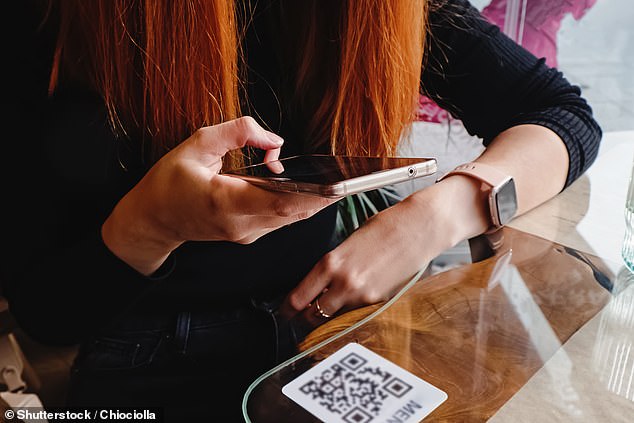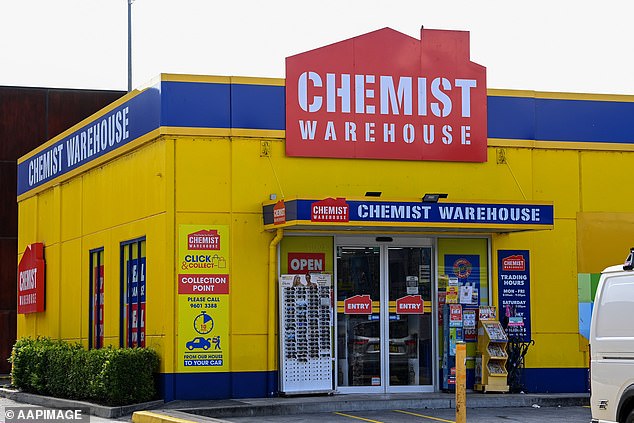Australia’s largest pharmacy retailer, Chemist Warehouse, is set to introduce a QR code payment system for its customers.
This new payment method allows customers to scan a QR code, which links them directly to a payment advice to enter their banking details, eliminating any annoying surcharges.
Customers will need their phones to use this feature, called “Pay by Bank,” which does not require a separate account or app.
To use the new method, customers simply take a photo of the QR code displayed on the payment terminal, click the link and authorize payment by tapping a button on their phone.
Funds will be transferred instantly.
Traditional payment options such as cash, card, and payments by phone or Apple Watch will continue to be available.
The QR codes are expected to launch in stores and online early next year.
RMIT finance expert Dr My Nguyen explained that the QR payment method was a cost-saving strategy for Chemist Warehouse.
“It is a strategic measure to avoid the high costs associated with card surcharges, which run into millions a year,” said Dr. Nguyen. 9News.
Australia’s largest pharmacy retailer Chemist Warehouse to introduce QR code payment for its customers
‘This method, known as ‘pay by bank’, allows customers to make direct payments from their bank accounts by scanning a QR code, avoiding intermediaries such as Visa and Mastercard.
This comes as retailers across the country face a decline in cash payments and an increase in card usage, with both customers and businesses facing transaction fees.
He added that the method also reduced the risk of fraud compared to credit and debit card payments, as the information in the QR codes was encrypted.
However, Dr. Nguyen said the QR code payment method had some drawbacks.
QR codes rely on internet connectivity to work, meaning they may not be a reliable payment method in areas where internet coverage is weak, including remote and rural regions.
Additionally, customers could be at risk of scanning fraudulent QR codes, which could lead to unauthorized transactions.
He added that customers may also be hesitant to adopt a new payment method if they are used to paying with cash or physical cards.

A financial expert explained that the QR payment method was essentially a cost-saving measure for Chemist Warehouse, as it would eliminate intermediaries such as Visa and Mastercard.
Chemist Warehouse will join a list of other companies in Australia that have integrated QR code payments, including Muji, Vodafone, MJ Bale and L’Occitane.
The Commonwealth Bank of Australia, National Australia Bank, Coles and Woolworths have also partnered with Eftpos to implement a new e-QR payment system.
Dr. Nguyen said QR code payments could soon be commonplace in businesses across the country.
“This move aligns with global trends where QR code payments are becoming increasingly popular, such as in Southeast Asia and India,” Nguyen said.
“As more businesses recognize these benefits, we can expect broader adoption of QR code payments in the retail sector.”


